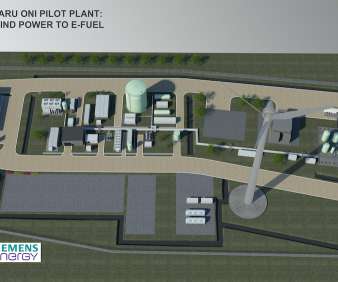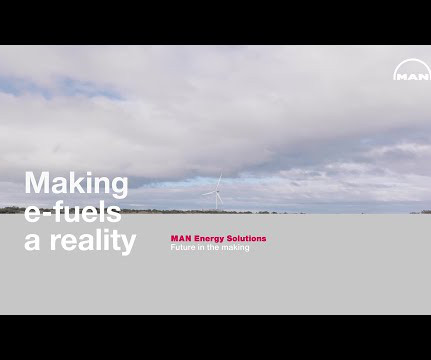Harvard team demonstrates new metal-free organic–inorganic aqueous flow battery; potential breakthrough for low-cost grid-scale storage
Green Car Congress
JANUARY 11, 2014
Quinones are naturally abundant, inexpensive, small organic molecules, and similar to molecules that store energy in plants and animals. The technology could fundamentally transform the way electricity is stored on the grid, making power from renewable energy sources such as wind and sun far more economical and reliable.




























Let's personalize your content